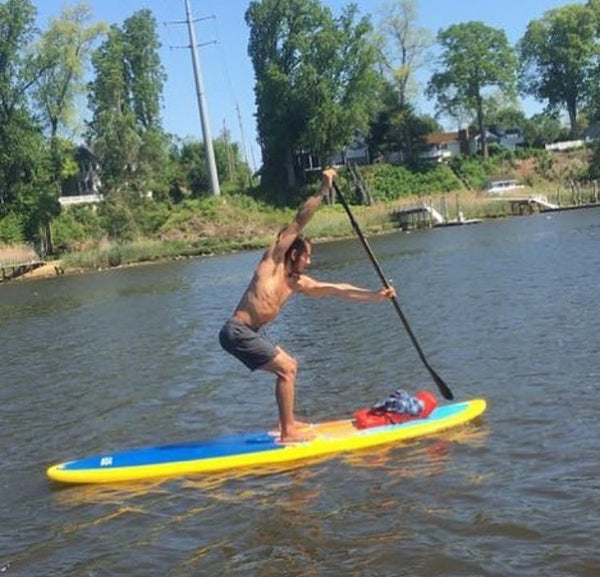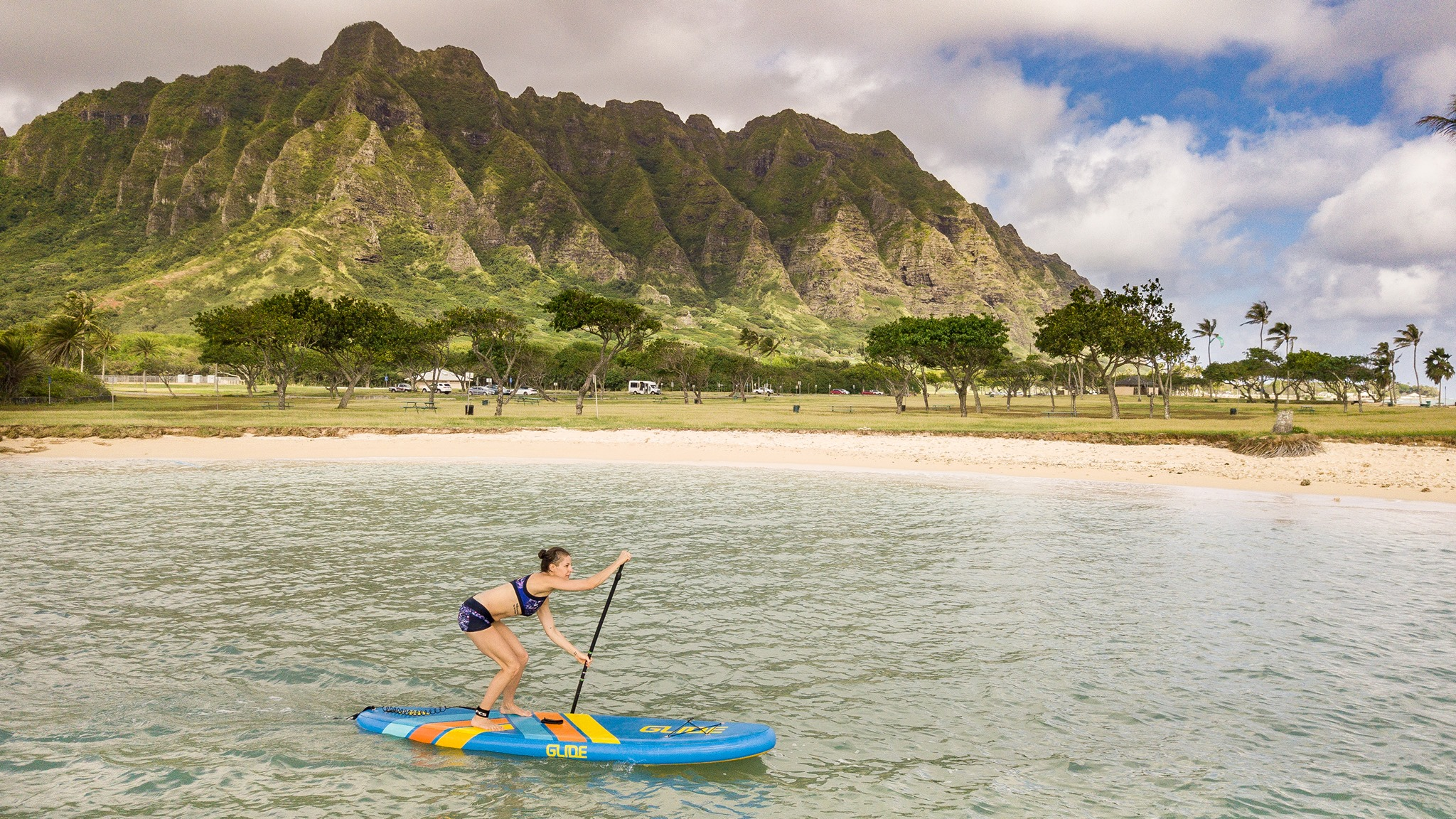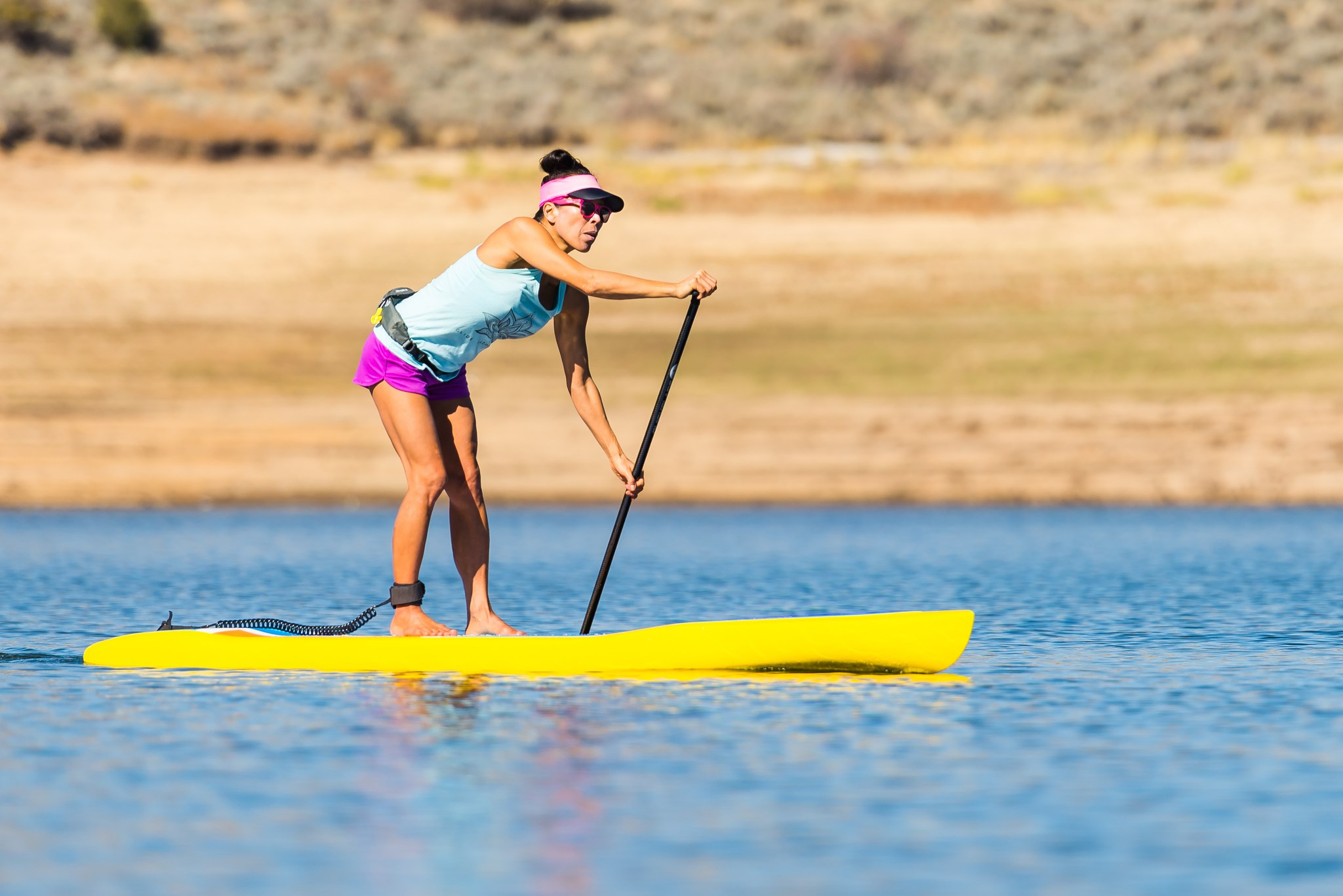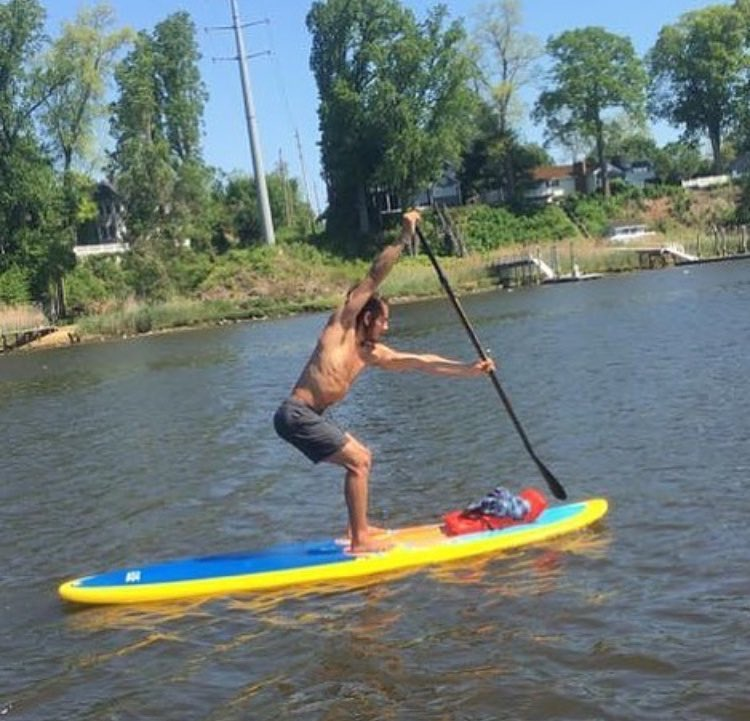
How to Go Faster on a Stand Up Paddle Board
Key Highlights:
- Choosing the Right Paddle Board: Understanding the impact of board type, material, and shape on speed.
- Paddle Board Shape and Design: How displacement hulls, board length, and fins contribute to faster speeds.
- Advanced Paddling Technique: The importance of effective stroke power, rhythm, and side switching for speed.
- Core Strength and Conditioning: Enhancing paddle power through core training and overall fitness.
- Paddle Board and Paddle Maintenance: Regular care to minimize drag and maintain optimal performance.
- Navigating Weather and Water Conditions: Utilizing wind and currents to your advantage for increased speed.
- Energy Efficiency: Strategies for conserving energy and using it efficiently to maintain speed.
- Optimal Board Loading: Balancing necessary gear with the need for speed by managing board load.
The Role of the Board
The type of stand up paddle board (SUP) you use plays a significant role in your speed. The variety of paddle boards is extensive, ranging from solid paddle boards to inflatable paddle boards. Among these, touring paddle boards are specifically designed to glide through the water at higher speeds due to their narrow and long design. An inflatable board might be lighter, but it often lacks the stiffness of a solid board which can hinder speed.
The material of the board also contributes to your speed. A lightweight carbon fiber paddle board, for example, provides a smooth ride with reduced friction, making it easier to reach higher speeds. On the other hand, boards made from military grade PVC, while being extremely durable, might add a little more weight.

Importance of Paddle Board Shape and Design
The shape and design of the paddle board also affect your speed. A displacement hull, for example, is engineered to cut through the water and reduce resistance, resulting in a faster paddle board. Similarly, narrower boards are faster than wider ones, while longer boards offer better glide and speed over long distances.
The type of fin on your paddle board can also influence speed. A single center fin provides good tracking, which is important for maintaining a straight path and speed, while removable fins offer the flexibility to adapt to different conditions.
Technique is Key

While equipment plays a significant role, your paddling technique is equally important. Even the best paddle boards won't deliver speed if the paddle boarder doesn't have good technique. Learning how to make effective, powerful strokes can make a huge difference in your speed.
Maintaining a consistent rhythm while paddling, maximizing the power phase of each stroke, and minimizing drag during the recovery phase can all contribute to increasing speed. Advanced paddlers also understand the importance of switching sides to maintain a straight trajectory, further increasing speed.
Conditioning and Core Strength
The power of your paddle stroke comes from your core, not your arms. Paddlers with a strong core can paddle faster and for longer distances. Regular core training exercises can improve your paddle boarding speed. Furthermore, a good level of overall fitness can also help you maintain a fast paddling speed for a longer duration.
Optimal Board and Paddle Care
Proper maintenance of your paddle board and paddle also plays a part in how fast you can go. Regular checks for any damage and timely repair can help maintain the performance characteristics of your board. Even minor dings or scratches can create drag, slowing you down. Carbon fiber paddles need to be taken care of properly, and a paddle holder can be useful for this purpose.
The Role of Weather and Water Conditions
Understanding the influence of weather and water conditions on your paddle board speed can provide a significant advantage. For example, paddling against strong winds can be exhausting and slow you down. On the other hand, a slight tailwind can increase your speed. Understanding wind direction and planning your route accordingly can help optimize your performance. Similarly, water currents can play a big role in determining your speed. Being aware of the tide and current can help you use these natural forces to your advantage.
Efficient Use of Energy
Efficient energy use is another crucial aspect of going faster on a stand up paddle board. Maintaining a good posture and using your core muscles for paddling rather than relying solely on your arms can save energy and increase your speed over longer distances. Distributing your energy efficiently throughout your paddling session, and saving some for the latter part can help maintain a consistent speed. Understanding your energy levels and managing them appropriately is a vital skill developed over time by experienced paddlers.
Adjusting Board Load
The amount of weight your board is carrying can directly impact its speed. Lighter boards are naturally faster, but this doesn't mean you should avoid carrying necessary gear. It's about striking a balance between necessary equipment and maintaining a lightweight setup. For instance, you can use tie down points to secure gear on your board without affecting its performance significantly. Remember, the board's weight capacity is an important factor, as overloading it can hinder performance and safety. In contrast, a properly loaded board with weight distributed evenly can maintain stability and speed.
Conclusion

Achieving faster speed on a stand up paddle board involves a blend of the right equipment, effective paddling technique, physical fitness, and equipment maintenance. From choosing a board with a design that cuts through the water efficiently to maintaining a powerful, rhythmic paddle stroke, all aspects need to work together. Whether you are an experienced paddle boarder looking to improve your speed or a beginner just starting, understanding these factors can help you paddle faster and enhance your SUP experience.

